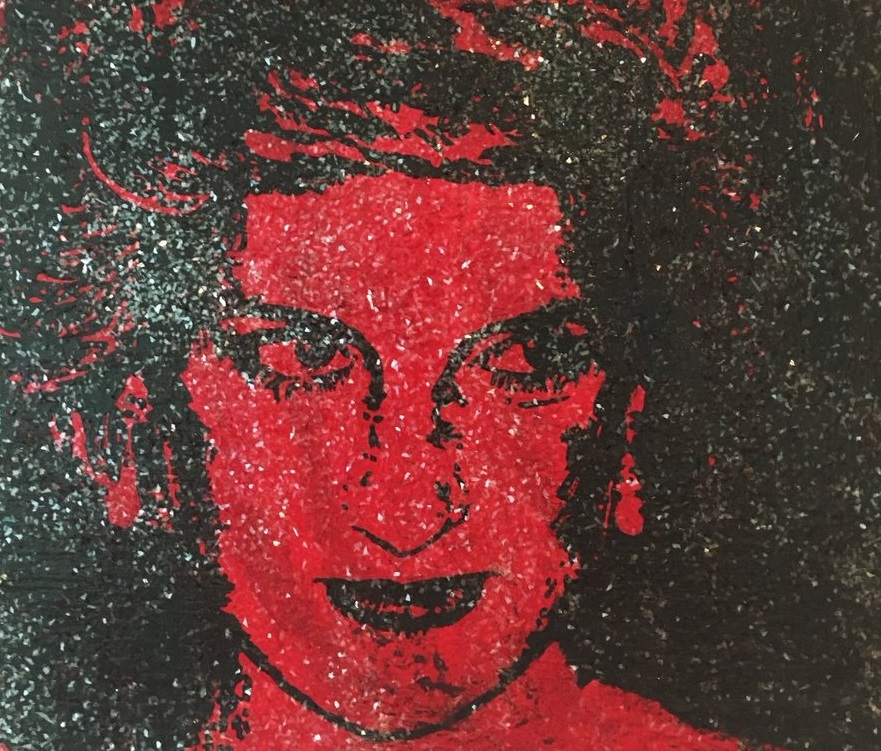An artist creates stunning portrait of Princess Diana using HIV-positive blood and diamond dust
Conor Collins posted the amazing picture on Twitter in a bid to remove stigma around the virus
By Steve Brown

An artist has created a painting of Princess Diana using HIV-positive blood and diamond dust.
Conor Collins posted the amazing picture of the late Princess of Wales on Twitter in a bid to remove stigma surrounding HIV and Aids after Diana caused controversary after holding hands with someone with the virus.
Posting to social media, Collins wrote a series of tweets explaining why he created the portrait.
He wrote: “My portrait of Princess Diana made using HIV positive blood and Diamond Dust. (Thread follows)
“The world was shocked when Diana held hands with a patient with HIV. Decades later, HIV stigma is still rife.
“We should know the facts. You can’t get HIV from kissing. Undetectable means untransmittable. PrEP and PEP work.
“However, widespread HIV stigma, homophobia, racism and transphobia only serve to make new HIV infections more likely.
My portrait of Princess Diana made using HIV positive blood and Diamond Dust. (Thread follows) pic.twitter.com/Fpj6dEDnRj
— Conor Collins (@conartworks) July 17, 2018
“The latest data in the UK, reported last year but from 2016, is that 93% of those diagnosed are now undetectable and do not pose a transmission risk to sexual partners.
“Despite this, people with HIV are twice as likely to commit suicide, particularly in their first year of diagnosis. The shame has to stop. The stigma has to stop. No one should be driven to this.
“When Princess Diana held the hand of a man [with] Aids, few would have imagined that today treatment would exist that would see HIV-positive people living full, healthy, loving lives. When diagnosed and treated early, life-expectancy for someone with HIV is unchanged.
“We all deserve to be loved. We all deserve to be treated with dignity.
“HIV is a virus. It has no conscience. It is without colour, without creed, without gender or sexuality. It is incapable of judgment. Stigma however is a choice.
“The HIV epidemic is fuelled by this stigma, shame and ignorance. Science can treat the disease, but it is love, compassion, respect and understanding that will finally stop the epidemic.”
The HIV epidemic is fuelled by this stigma, shame and ignorance. Science can treat the disease, but it is love, compassion, respect and understanding that will finally stop the epidemic. pic.twitter.com/AHHErvQSsm
— Conor Collins (@conartworks) July 17, 2018
